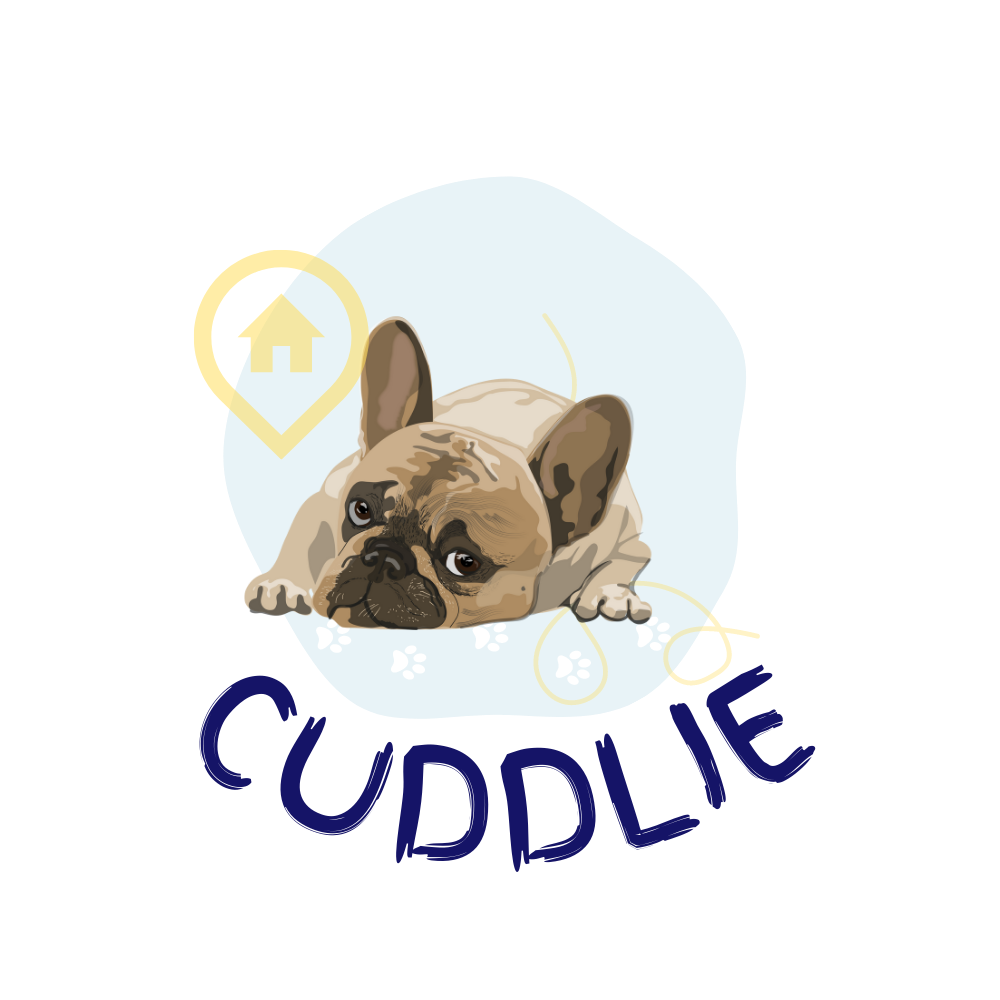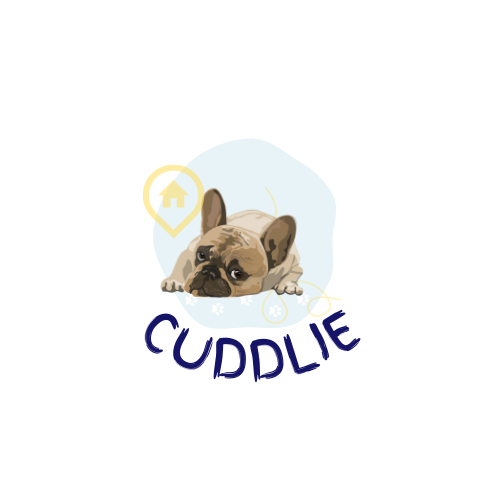Decoding Dog Body Language: Understanding Signals and Cautions
Dogs are incredible communicators, but their language is not always as obvious as we might think. Understanding dog body language is crucial for any pet owner, as it allows us to better comprehend their needs, emotions, and overall well-being. By paying close attention to their subtle signals and being cautious of certain behaviors, we can foster a stronger bond with our furry companions and ensure their safety and happiness. In this blog post, we will delve into the fascinating world of dog body language, highlighting key signals to interpret and potential cautions to consider.
1. Tail Talk:
A dog's tail is like a barometer of their emotions. While a wagging tail is often associated with happiness, the position and speed of the wag can reveal much more. A relaxed, low wag indicates a content and friendly dog, while a high, stiff wag might signify alertness or aggression. Conversely, a tucked tail, pressed tightly against the body, indicates fear or submission. Remember, tail wagging should always be interpreted in conjunction with other body language cues.
2. Facial Expressions:
Dogs communicate a wealth of information through their facial expressions. Pay attention to their eyes, ears, and mouth to gain insight into their emotional state. Relaxed, soft eyes usually indicate a calm and content dog, while dilated or wide eyes might suggest fear or anxiety. Forward-pointing ears demonstrate attentiveness, while flattened or backward ears can signal fear or submission. Furthermore, a relaxed, slightly open mouth generally implies a relaxed demeanor, whereas a closed mouth, bared teeth, or a wrinkled muzzle may be signs of aggression or discomfort.
3. Posture and Body Movements:
A dog's overall posture and body movements offer valuable clues about their intentions and feelings. A confident and friendly dog typically stands tall with a relaxed body. On the other hand, a dog showing fear or submission may lower their body and cower. Raised hackles, or the hair standing up on their back, can indicate arousal, fear, or aggression. Pay attention to sudden freezing or stiffening, as it may signal uneasiness or potential aggression. Additionally, a dog's overall gait and movement can provide insight into their emotional state. An energetic, playful gait suggests happiness, while slow or hesitant movement may indicate fear or apprehension.
4. Cautionary Signals:
While dogs are usually friendly and well-meaning, it is essential to recognize cautionary signals that may indicate potential danger. Some signals to be cautious of include:
a. Growling and Snarling: Audible growling or snarling should be taken seriously as it suggests the dog is uncomfortable, stressed, or potentially aggressive. It is best to give them space and avoid further provocation.
b. Stiff Body: A dog with a rigid body, stiff posture, and a fixed stare may be indicating aggression or a heightened level of arousal. Approach with caution or seek professional help if necessary.
c. Raised Hackles: When a dog's hair stands up on their back, it can indicate heightened arousal, fear, or aggression. Proceed with caution and assess the situation carefully.
d. Licking Lips or Yawning: These behaviors are often stress signals in dogs. If a dog licks their lips or yawns excessively, they may be feeling anxious or uncomfortable. It's important to create a calm and safe environment for them.
Conclusion:
Understanding dog body language is an invaluable skill for any dog owner. By paying attention to their tail, facial expressions, posture, and body movements, we can decipher their emotions, needs, and potential warnings. While most dogs are friendly and well-adjusted, it's crucial to be cautious and recognize cautionary signals that may indicate potential danger. By fostering clear communication and a deep understanding of our furry friends, we can enhance our relationships with them and ensure their overall well-being.


